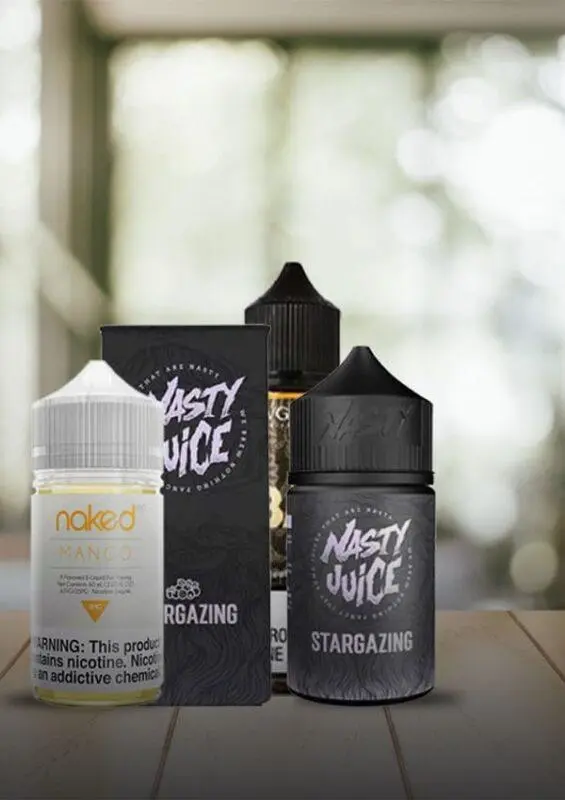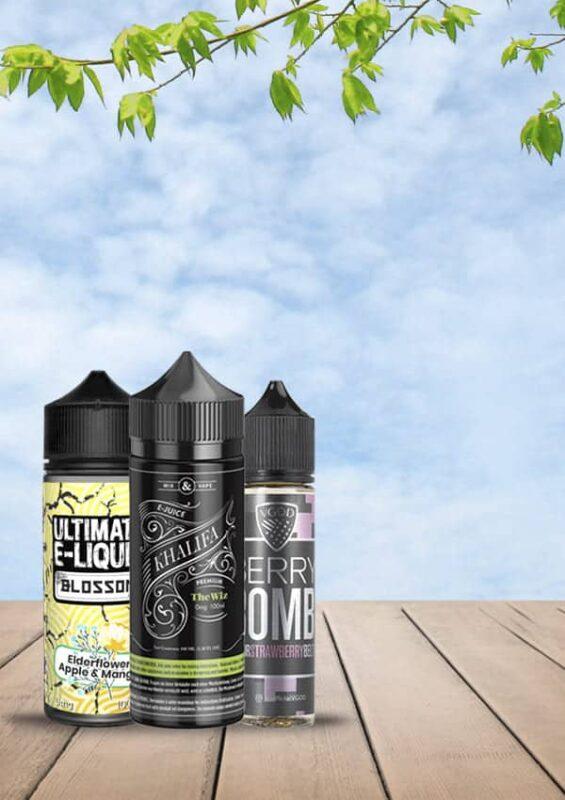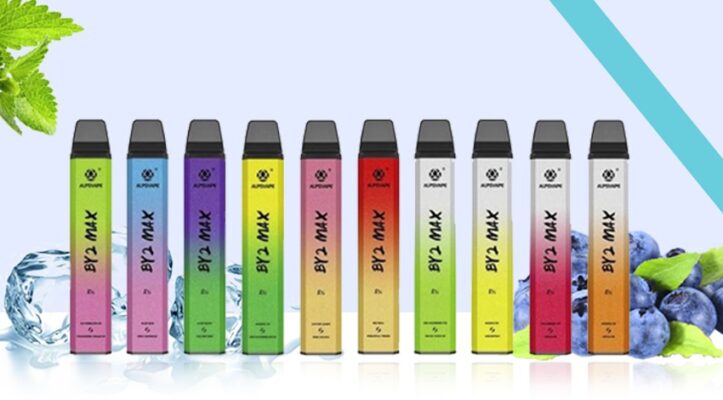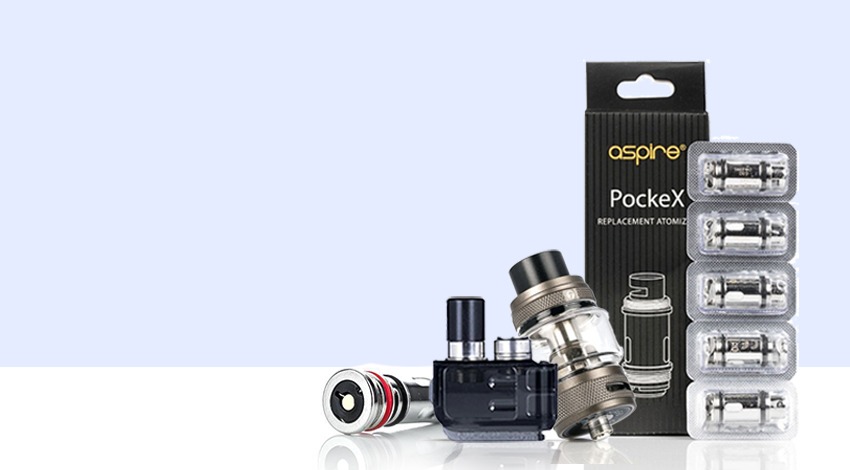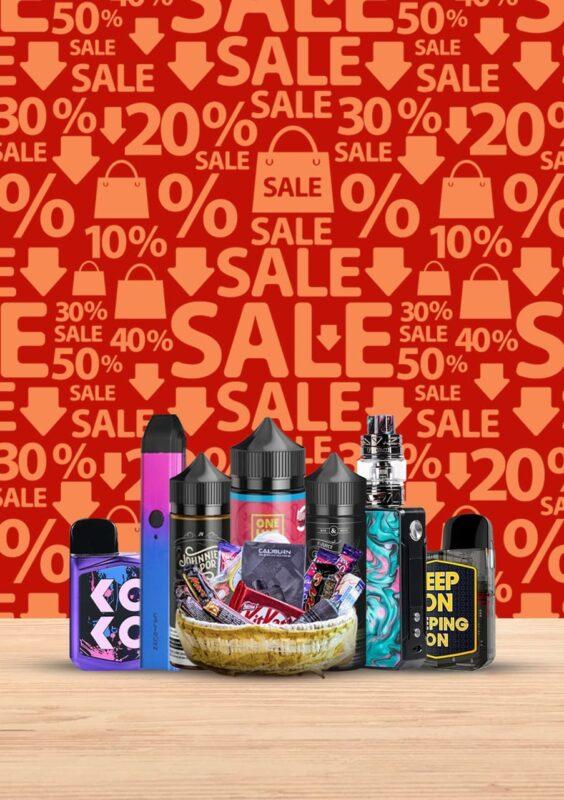The Internet has been known to take some pretty creative turns. One of the latest trends is people putting random liquids in their vaping devices like vape pens.
Here’s a tip: Don’t put anything in your vape pen that isn’t compatible with it. Doing so will prevent damage and ensure your device works properly and tastes great. If you’re not familiar with vaping or are just curious about giving it a try, there’s a lot to learn. Don’t worry, we’ve got your back!
In this blog post, we’ll cover everything you need to know about what you can put in your vape pen —from e-juices infused with nicotine to extracts.
What Types of Vapes Liquids Are There?
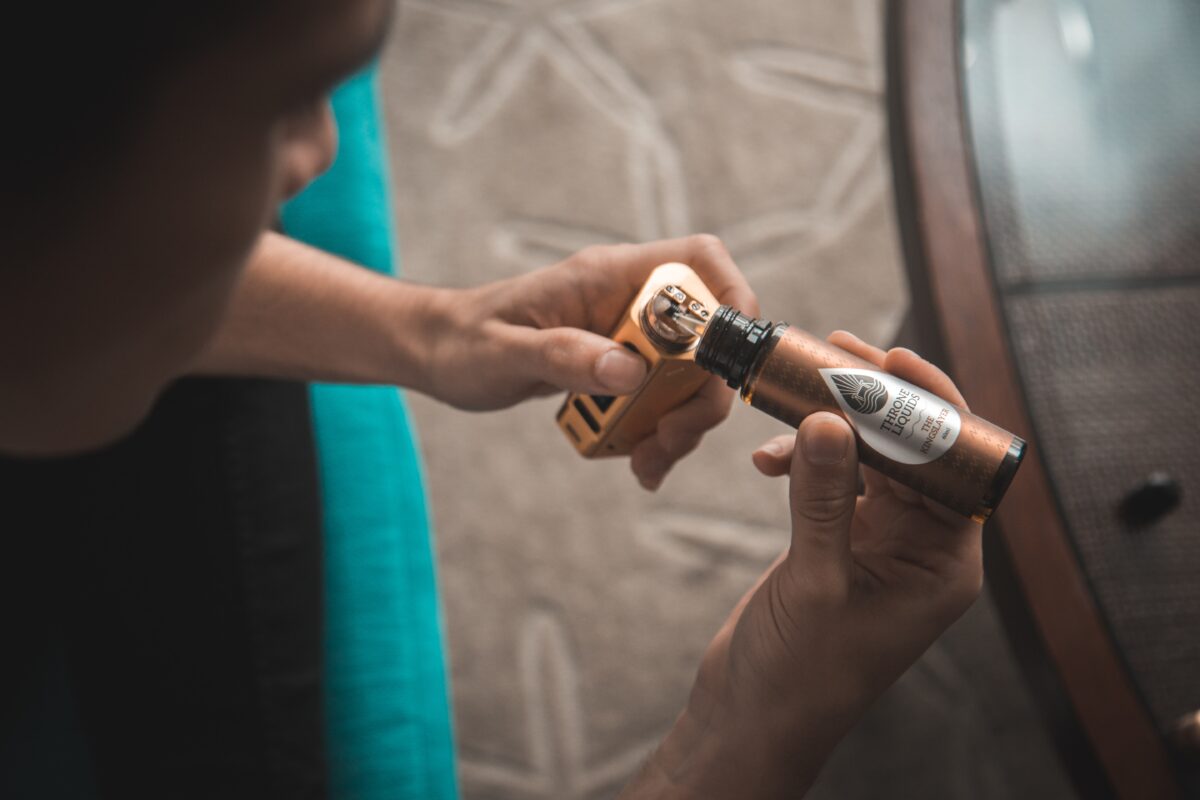
Let’s talk about the different types of vape liquids. Once you understand that, it will be much easier to learn about the practical applications of vaporizing.
High PG Vape Liquid
High PG vape liquids are preferred by new vapers and those looking to kick the smoking habit. This vape liquid is ideal for this type of vaping because it delivers a powerful throat hit, effectively replicating the experience of smoking tobacco cigarettes. It also has a great flavor (because PG is naturally flavorless and odorless) and delivers a strong nicotine burst to help keep cravings under control.
Most high-PG e-liquids also require a lower temperature to be vaped than high-VG liquids, which makes them perfect for vape pen users. High PG e-liquids can also have relatively high nicotine concentrations. It is because the mouth-to-lung vaping style required for this type of e-liquid is less harsh on the throat than direct-to-lung vaping styles, which are much more frequent with high VG e-liquids.
High VG Vape Liquid
On the other hand, high-VG e-liquids are more popular with direct-to-lung vapers and cloud chasers (people who look for high vapor production from their vape). This vaping style and e-liquid contribute to the large, thick, fluffy clouds of vapor that we all relate to vaping.
Due to their being slightly thicker than their PG counterparts, they allow a slightly higher temperature to produce adequate vapor. Direct-to-lung vaping, as most users do with high-VG liquids, can be very harsh on your throat if you use a liquid with a high nicotine concentration, which is why many customers prefer low or nicotine-free e-liquids when vaping direct-to-lung or with high VG formulas.
What Do Vape Liquids Contain?
Let’s take a moment to get to know what goes into vape liquids.
- Vegetable Glycerin (VG)
- Propylene Glycol (PG)
- Nicotine
- Flavoring
Vegetable Glycerin (VG)
A thick and viscous liquid with cough syrup-like properties. It is added to liquids as it slowly vaporizes, creating thick clouds. Its higher concentration of VG makes for bigger clouds. It requires more power and works great with large vape devices.
Propylene Glycol (PG)
PG is the most common ingredient used to create e-liquids. It’s a thick, viscous fluid that can suspend both nicotine and flavorings in it, giving it its runny consistency. Because it’s runnier than ‘VG’, it vaporizes quickly, requires less power, and works well with simple vape pens.
Flavoring
Flavor concentrates are used to add flavors to e-juices. They are water-soluble and usually made by companies that manufacture food flavorings or fragrances. The flavors include everything from tobacco to fruits to chocolate-glazed donuts—and everything in between.
Nicotine
The user has the option of choosing whether or not to use nicotine. It is included in e-liquid in various concentrations, including freebase and nicotine salt. If you don’t want to use nicotine, there are plenty of freebase e-juice options for you.
How Does The Blend Of Pg/Vg Work? Which One Should I Choose?
The PG is what carries flavor and the VG produces clouds. When it comes to vaporizing, you have two things to consider: your experience and the vaporizer kit you’re using. If you want a stronger throat hit, more flavor, and less vapor from a vape pen, go for something like a 50:50 blend. This vape works best with a standard kit, with a coil of 1 ohm or greater.
If you want to make clouds that are large enough to block out a solar eclipse and you don’t mind a mild throat hit and don’t care too much about flavor, you should up the VG content. Choose a juice with 70VG:30PG and above.
When you use VG, your vaping experience will be much more enjoyable. Because of the thickness, it is harder to vaporize so you will need a more powerful vape pen. Sub-ohm vaping is where the coils used in a vape kit have an ohm resistance of less than 1. These coils produce some serious clouds and power.
How Do I Choose A Kit To Go With The Strength And Ratio I Need?
The VG/PG ratio is often mentioned when people talk about vape juice. If you’re new to vaping, our recommendation is to use a 50:50 VG:PG ratio with a pod and vape pen starter kit. They’re easy to use, and once you’ve used them a few times, you can try out different combinations to find out what works best for you.
If you’re looking for a higher nicotine level, you might want to go for a kit with fewer concentrates in it so that you aren’t getting a lot of nic hits at once. If you like a mild throat hit and prefer to fill the room with vapor, you should consider getting a sub ohm vape kit with higher VG liquid. As VG is a thicker liquid than PG and you need to use a stronger vape to get the clouds you want.
Conclusion
When it comes to vape liquid, not all are created equal. Some are thick and used for clouds, while others are runny and are there to help give someone higher nicotine hit. This means that there are many different liquids, each with its own properties. For thicker liquids, you will need to use larger coils and require more power, with bigger surface areas so the liquid can be absorbed easier.
More vapor is produced per vape ‘hit’ with higher power and more advanced kits. This means that if you use a higher nicotine level, you will experience a denser nicotine blast with each use. A simpler system produces a less dense blast, making the inhale easier to manage. Because nicotine is an irritant, the “throat hit” you feel is nicotine on the back of your throat.



